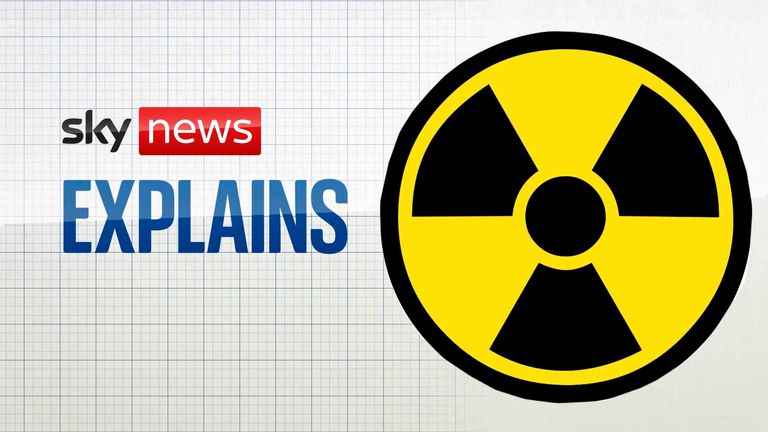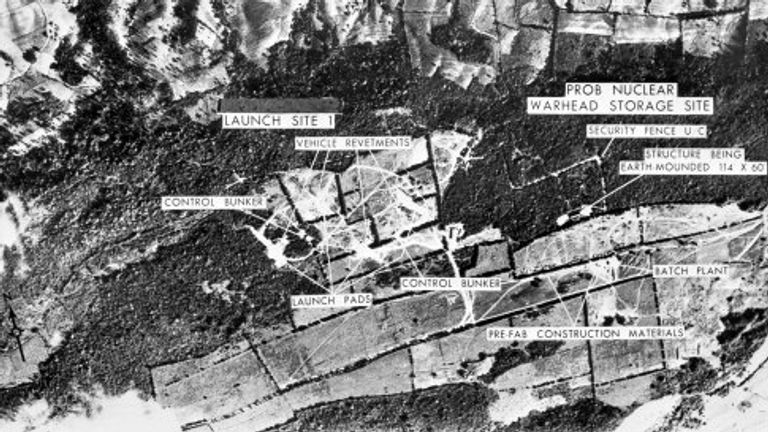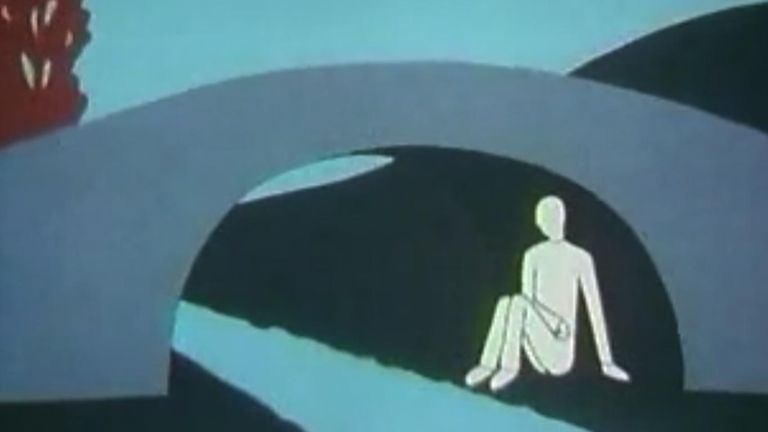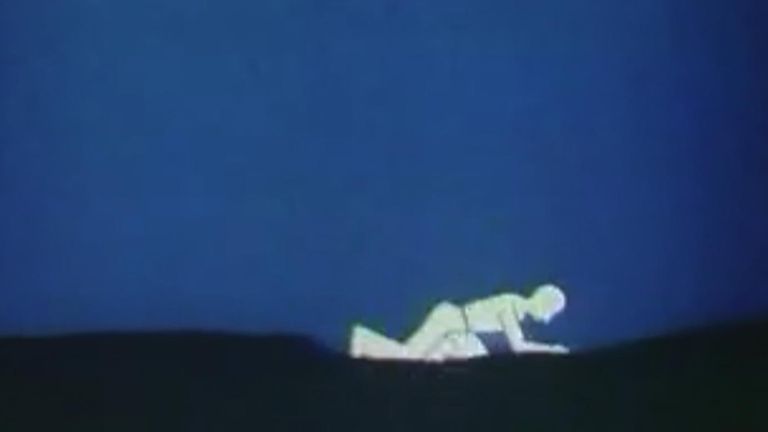
US President Joe Biden has been overheard saying that Vladimir Putin’s war in Ukraine carries the greatest risk of nuclear weapons being used since the Cuban missile crisis in 1962.
Speaking at a Democratic Party fundraiser in New York on Thursday, Mr Biden said: “For the first time since the Cuban missile crisis, we have a direct threat of the use of nuclear weapons if, in fact, things continue down the path they are going.
Effigy of Putin burned outside Moscow; follow Ukraine updates live
“We have not faced the prospect of Armageddon since Kennedy and the Cuban missile crisis.”
Mr Putin himself has also threatened the use of Russia’s vast nuclear arsenal.
Last month he said: “I want to remind you that our country also has various means of destruction… and when the territorial integrity of our country is threatened, to protect Russia and our people, we will certainly use all the means at our disposal.”
Why is Biden talking about nuclear Armageddon?
In the face of unexpected, successful counter-offensives by the Ukrainians in recent weeks, some Western intelligence officials and defence analysts believe the Kremlin could resort to drastic measures to save face.
According to Russia’s nuclear doctrine, it could launch a first-strike nuclear attack if the country’s existence was deemed to be at risk.
Given Mr Putin’s claims about why he started the war, any involvement of NATO troops in the Ukraine conflict could put this plan into action.
And after Moscow staged ‘referenda’ on annexing four areas of Eastern Ukraine, its leader could also use a Ukrainian attack on any of those territories to justify a nuclear strike.
Read more:
What nuclear weapons does Russia have?
Analysis: Putin’s nuclear weapons threat could be catastrophic
If that did happen, NATO would have to respond, but currently officials have suggested they would only use conventional weapons in retaliation.
Several analysts believe that although Mr Putin says he is “not bluffing” any nuclear activity by Russia would be just as damaging for him – as it would for the West – and is therefore unlikely.
What was the Cuban missile crisis?
The Cuban missile crisis is considered the closest the world has ever come to nuclear annihilation.
The 13-day showdown in 1962 came during the Cold War and after the US discovered the Soviet Union had secretly deployed nuclear weapons to Cuba.
Responding to the presence of American ballistic missiles in Italy and Turkey, as well as the failed Bay of Pigs Invasion of Cuba in 1961, Soviet leader Nikita Khrushchev agreed to place missiles on the island – just a few hundred miles from the US coastline.
In response, then-US president John F Kennedy ordered a naval quarantine of the island to prevent further missiles from being delivered.
After several days of tension, Mr Kennedy and Mr Khrushchev reached an agreement for the Soviet Union to dismantle their weapons in Cuba in exchange for Mr Kennedy promising the US would not invade the island.
The US also secretly agreed to dismantle all of its medium-range ballistic missiles in Turkey.
It saw the warring geopolitical powers establish the Moscow-Washington hotline to facilitate quick and direct communication between them in the event of tensions escalating again.
Although the two leaders came to an agreement not to deploy the weapons, bitter tensions between the US and Soviet Union until the end of the Cold War in 1991 left the rest of the world fearing a nuclear attack for decades after.
‘Protect and survive’ adverts warned Britons of nuclear attacks
Those who lived through the 1970s and 1980s in Britain will remember the government’s ‘Protect and Survive’ campaign.
Designed to prepare people for a nuclear attack and supposedly give them the best chance of surviving, it came in the form of pamphlets, TV and radio adverts.
One example recorded for use on BBC Radio 4 said: “This is the Wartime Broadcasting Service. This country has been attacked with nuclear weapons.
“Communications have been severely disrupted, and the number of casualties and the extent of the damage are not yet known.
“We shall bring you further information as soon as possible. Meanwhile, stay tuned to this wavelength, stay calm and stay in your own house.”
Drills were also carried out in schools, workplaces and public buildings.
Air sirens used in the Second World War were repurposed and would be used to deliver attack warnings and ‘fallout warnings’ in the event of a nuclear incident.
The word ‘fallout’ refers to harmful radioactive material released by nuclear explosions.
Adverts advised people to move to the safest area of the house – known as the ‘fallout’ room – the furthest away from exterior wars and preferably on the ground floor or in the basement.
Families were instructed to close their windows and doors, draw their curtains, and even build an ‘inner refuge’ within the fallout room.
Fashioned by propping a door or wooden plank against the wall, people were advised to cover it with sand-filled bags or suitcases.
Families also had instructions to ration food, water and other essentials in the event of a nuclear strike, as they would be advised to stay in their fallout room for at least two days afterwards.
Their fatalistic tone had a lasting psychological and cultural impact on the population, in a similar way to the 1980s ‘Don’t Die of Ignorance’ HIV/AIDS awareness campaign.

















